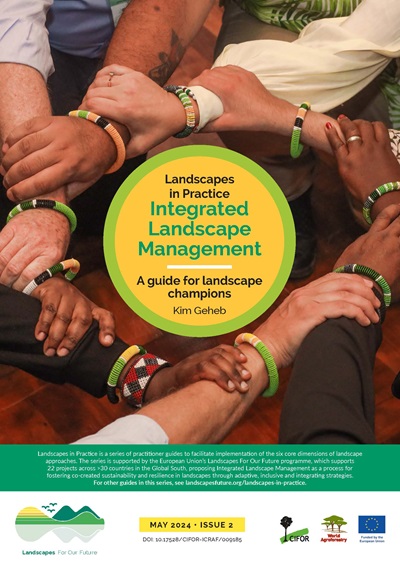Tropical forest area is disappearing at the rate of 13.5 million ha each year, due mainly to clearing for agriculture and shifting cultivation. Timber harvesting results in more than 5 million ha of tropical forest annually being transformed into degraded, poorly managed, logged-over forests. The reduction and degradation caused by anthropological activities affect not only the sustainable production of timber but also the global environment. Accurate scientific information will enable managers to devise silvicultural systems to enhance soil properties and forest resources important for sustainable production and to minimize deleterious impacts of harvesting and short rotation plantations. Ultimately, rehabilitation can increase the area of forest as well as conserve remaining primary forests and environmental quality. Rehabilitation aims to improve biological diversity, increase commercial value of timber and non-timber products, increase forest functions and improve soil fertility. Technical advances will reduce logging impacts, accelerate natural regeneration and improve species selection, enrichment, sustainable site management, catalytic planting and site evaluation and classification. Socio-economic reform should focus on local community participation and acceptance. The CIFOR/Japan project has undertaken research in many countries to evaluate impacts of harvesting and fires on forest ecosystems and to develop methods to rehabilitate logged-over forests and degraded forestlands in ways that are biologically successful as well as socio-economically acceptable. In Indonesia, CIFOR collaborates with Universitas Mulawarman at the Bukit Soeharto Education Forest, a mixed dipterocarp forest logged by INHUTANI I in 1976. The approach to rehabilitation has been through the "taungya" system whereby farmers grow annual crops among newly planted trees. With the Instituto Nacional de Investigacion Agraria (INIA), Peru, the project is trialling revegetation of fallow fields abandoned after agricultural use in the Ucayali region of the Peruvian Amazon. There is specific interest in selecting tree species with high economic value that grow rapidly in abandoned agricultural land and on infertile soils. Early results point to promising species. The project also involves small farmers in silvicultural activities and species selection.
Année de publication
2004
Auteurs
Kobayashi, S.
Langue
English
Mots clés
land degradation, rehabilitation, research projects, degraded forests, degraded land, silviculture, choice of species, taungya, farmers, sustainability, forest management, social scientists
Géographique
Indonesia, Peru, Japan


















